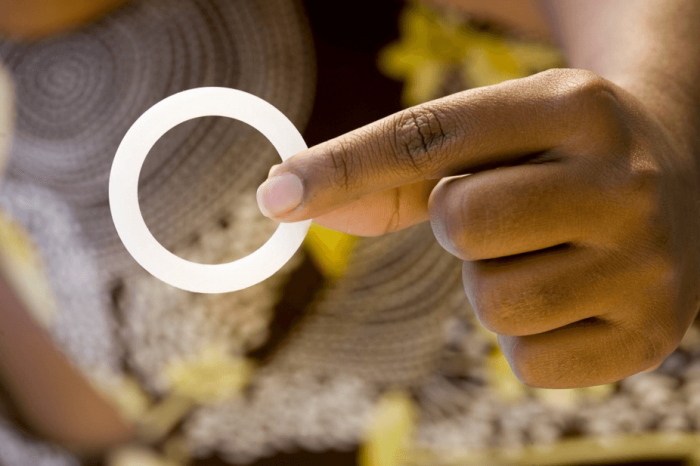From the Series

The dapivirine ring was unveiled at the 2016 International AIDS Conference in Durban, South Africa on Monday. The tiny device is said to reduce the risk of HIV infections in continuous users by up to 56 per cent. A newer clinical study found that the ring can reduce the risk of infection by up to 76 per cent in women who use the ring the most. This means the device could drastically reduce the impact of the disease that has ravaged communities around the world.
Speaking to NPR, sociologist Alison Groves said women’s lack of control is what drives the AIDS epidemic in southern Africa. Most women find out their HIV status during pregnancy, most of those believe they are in committed and faithful relationships but they are always at risk of violence.
"These women are living in situations and circumstances that no matter where they turn, they're faced with the risk of violence — and then very negative health outcomes," Groves was quoted as saying. "And so much of that is beyond her own control."
The dapivirine ring provides an immediate way for women to avoid exposure to HIV. According to the Business Insider, 2 inches across and impregnated with medication. The ring is designed to release the antiretroviral drug dapivirine for 30 days at a time. The ring must be replaced every 30 days.
The drugs prevent HIV from multiplying and attacking the patient’s immune system. This could be groundbreaking in southern Africa where every day 1000 women are infected.
Developed by IPM, a nonprofit organisation the dapivirine ring is still being tested and developed. “We are encouraged by these new analyses, which further support that the dapivirine ring could be an important option for women who urgently need new tools to protect themselves from HIV,” said Dr Zeda Rosenberg, founder and chief executive officer of IPM. “While IPM seeks regulatory approval for the ring, we will continue to work to understand how we can best support women to use it consistently, and advance research to expand women’s options with additional new methods that make sense for their lives and needs.”







